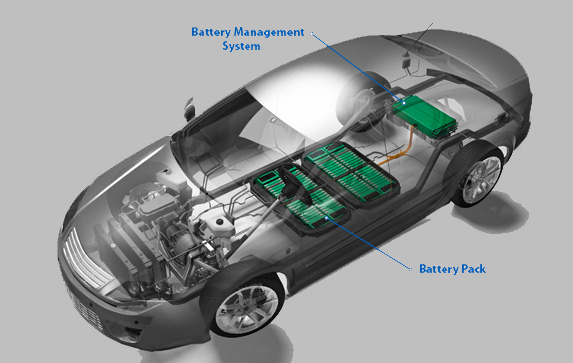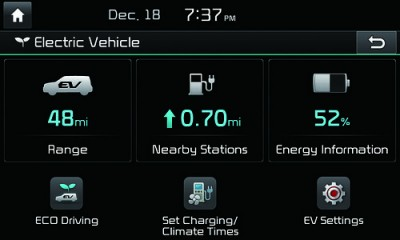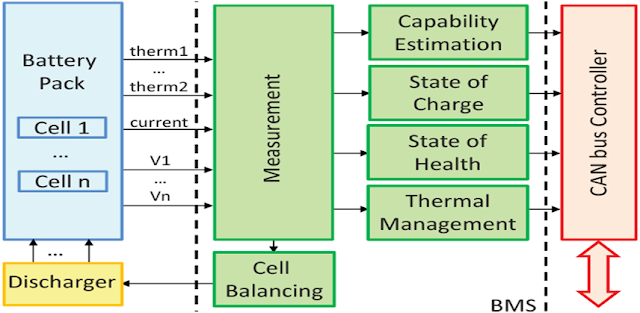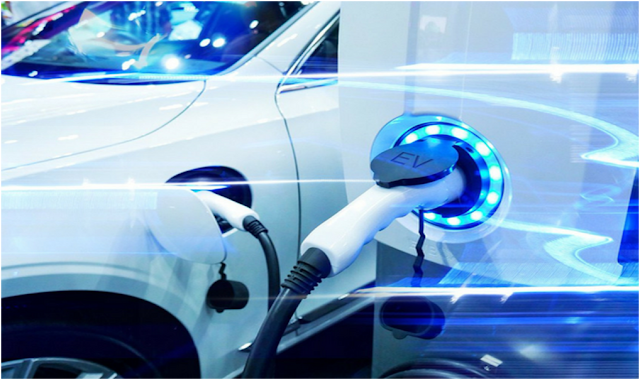The proper charging of electric automobiles depends on the operation of various subsystems, each of which will be discussed throughout this series on the fundamentals of electro mobility. At this point, we will concentrate on the Battery Management System, also known as BMS.
Image Source: circuitdigest
When it comes to electric vehicles, the battery is still the most expensive component. If it is maintained
improperly, its service life can be significantly decreased. When conditions are unfavorable, it also
presents a safety danger for both the vehicle and the people inside it. BMS ensures that the appropriate
conditions are maintained for each battery cell and the entire battery.
Why BMS is Important
The primary purpose of a battery management system is to guarantee that the battery is safeguardedand to prohibit any operation that would push the battery beyond its established safe operating limits. It
checks the battery pack's health and its state of charge (SOC). BMS is also responsible for managing the optimization of the battery through cell balancing, which ultimately increases the battery's lifespan.
Furthermore, BMS monitors the voltage, various temperature factors, and coolant flow.
Image Source: evexpert
The Working of a Battery Management System
The individual cells in the battery pack are kept under close watch by the battery management system.After that, it determines the maximum amount of current that may enter (charge) and exit (discharge) the battery without causing any harm to the battery.
The supply, typically a battery charger, and the load, which may be an inverter, are prevented from
overdrawing or overcharging the battery, thanks to the current limitations. Because of this, the battery
pack is shielded from cell voltages that are either too high or too low. This contributes to the battery's
increased lifespan.
Image Source: evreporter
The BMS also checks the amount of charge still left in the battery. It does this by continuously monitoring the cell voltages and the amount of energy coming into and out of the battery pack. It uses
this data to determine when the battery is about to die and then turns off the power supply. Because of
this, lithium-ion batteries do not show signs of dying like lead-acid batteries but instead turn themselves
off.
The Future of BMS
The systems used to manage the batteries in electric vehicles are undergoing rapid development. Themost recent innovation in this field is a cable-free method for managing batteries that can do away with
CAN BUS and SPI cables. These cables contribute to an increase in complexity, which heightens the risks linked with so many wires cluttering the battery management system.
Image Source: auto.economictimes
Several of these ground-breaking innovations are now being developed. The ambitious electric vehicle
(EV) program that original equipment manufacturers (OEMs), governments, and other stakeholders are
pursuing with all their might will be empowered by these technologies.



